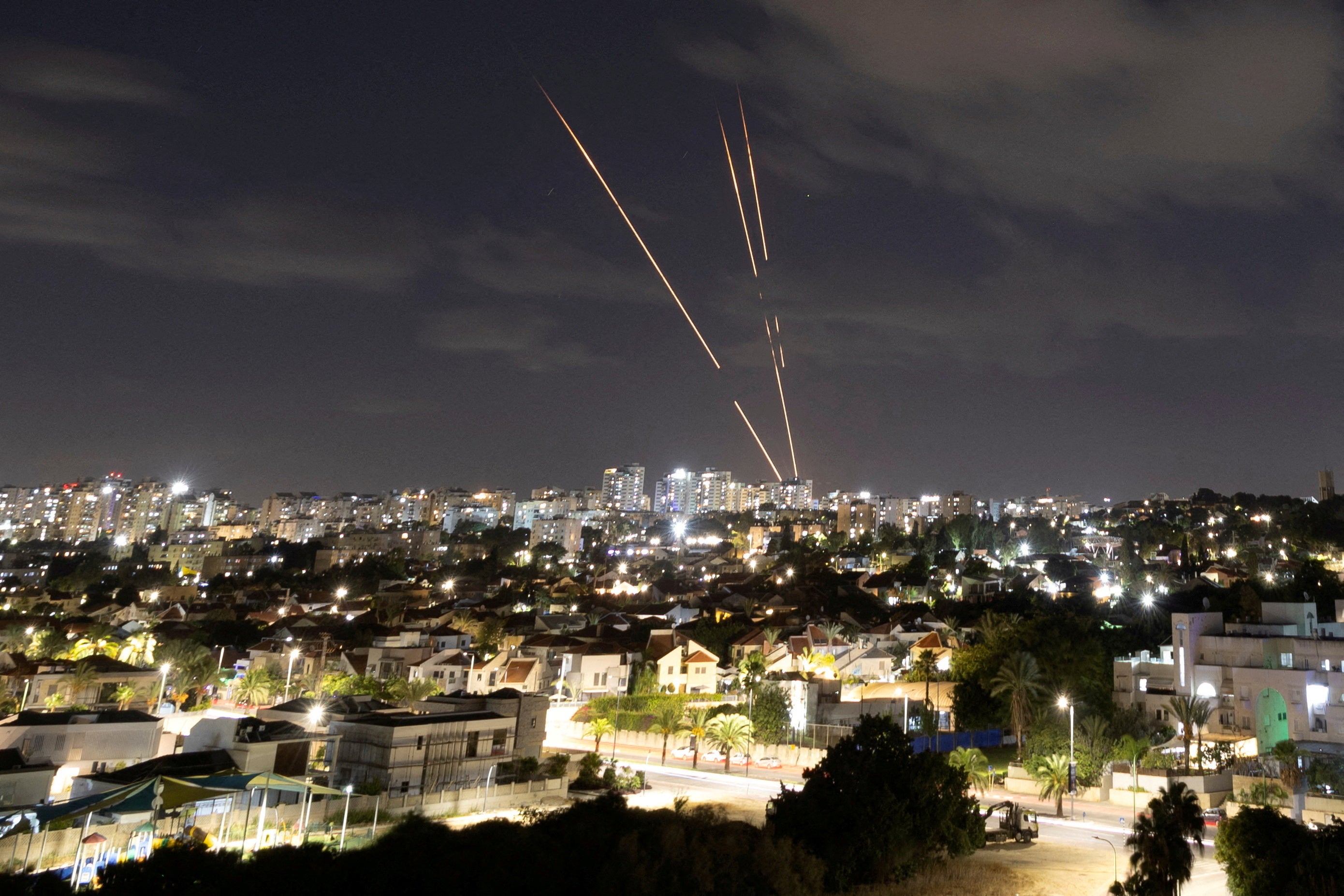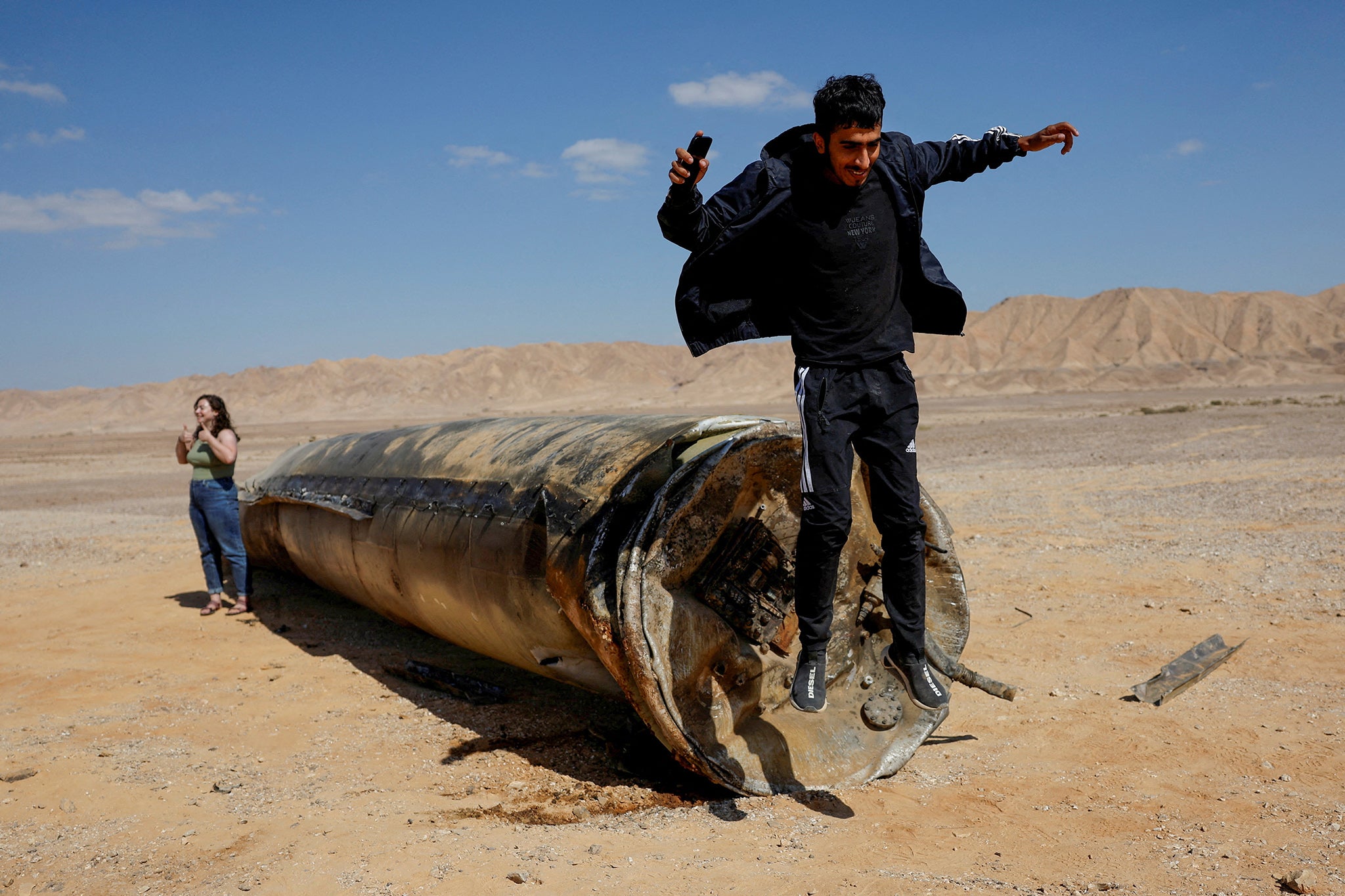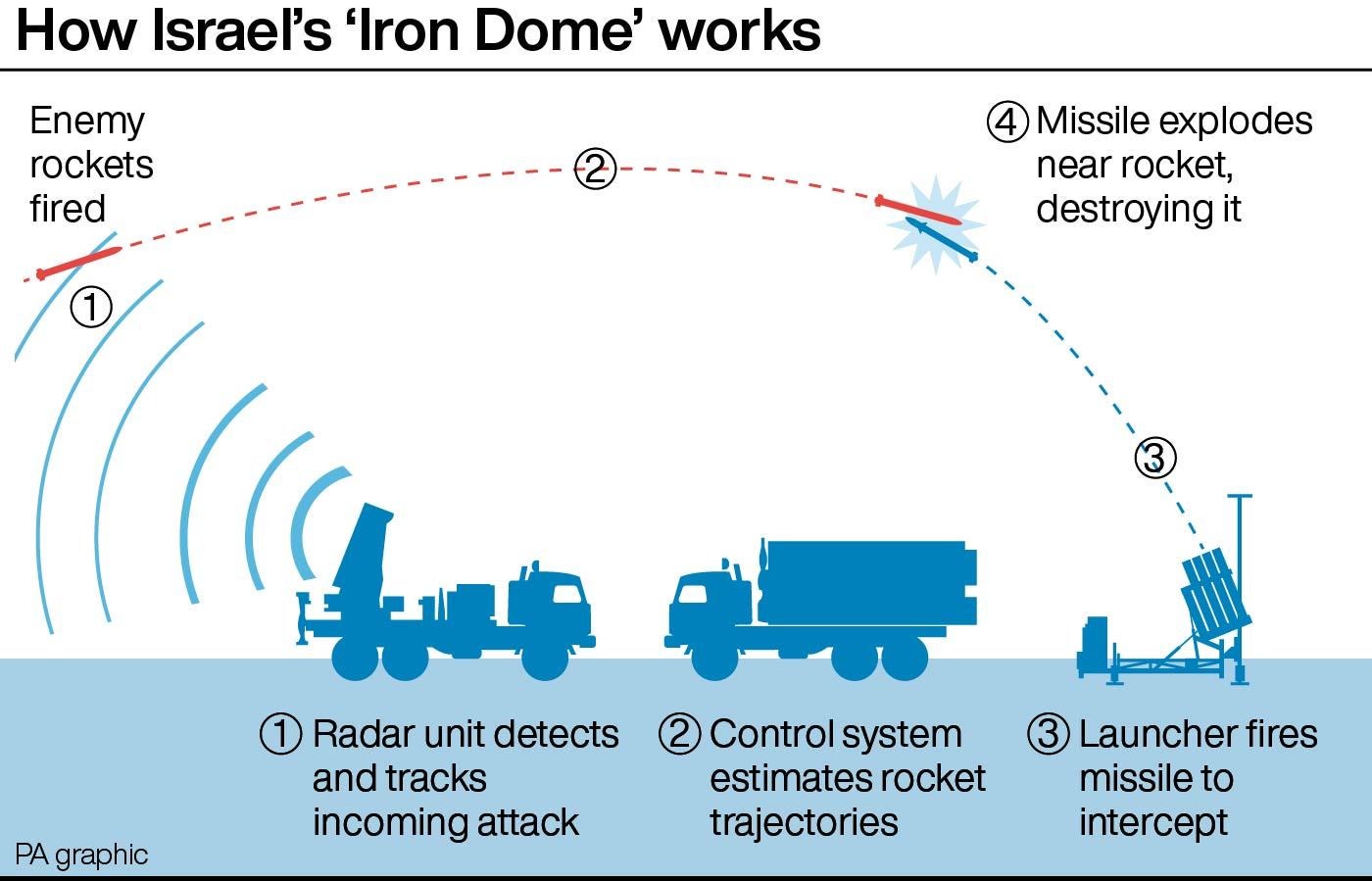What are Israel and Iran’s attack and defence capabilities?
The two bitter regional enemies are on the brink of all-out war

Your support helps us to tell the story
Our mission is to deliver unbiased, fact-based reporting that holds power to account and exposes the truth.
Whether $5 or $50, every contribution counts.
Support us to deliver journalism without an agenda.

Louise Thomas
Editor
Fears are rising of an all-out war across the Middle East in the wake of lran launching almost 200 ballistic missiles in an attack on Israel, marking a major escalation in the conflict between the two bitter enemies.
Iran’s Revolutionary Guard said the missiles were launched in response to Israeli military troops military campaign against the Tehran-backed Hezbollah, including a ground invasion into Lebanon..
On 17 September, a series of exploding device attacks saw Hezbollah walkie talkies and pagers detonate, injuring more than 2,300 people and leading to a major escalation between the two countries.
Since then, a number of senior commanders, including Hezbollah’s leader Hassan Nasrallah, have been killed, while Israeli troops have launched airstikes on Beirut and the southern border regions.

After months of trading barbed threats, Iran launched missiles to various locations across Israel, causing air raid sirens to sound across the country while civilians took shelter in bomb bunkers.
Israeli Prime Minister Benjamin Netanyahu has vowed retaliation, saying that Iran “will pay for it” - but how prepared are both countries for a war?
Figures published by the think tank the International Institute for Strategic Studies (IISS) show that Israel has 169,500 active personnel, with a reserve army of 465,000. Those currently in service include 126,000 in the army, 9,500 in the navy and 34,000 in the air force.
Meanwhile, Iran has 610,000 active personnel, which includes 350,000 in their army, 190,000 in the IRGC, and 15,000 in air defence and 18,000 in the navy. They also have an additional reserve of 350,000 with conscription mandatory for Iranian men over 18, while Israel conscripts most young men and women over 18 with a few exemptions.
How much does each country spend on their military?

It is believed that Iran spent $10.3bn in 2023, while Israel spent $27.5bn in the last year. This marks a 24 per cent increase for Benjamin Netanyahu’s government, with Israel coming under increased attacks as a result of the war in Gaza.
What is their air, sea and ground capability?
According to The Military Balance 2023, which is published by the IISS, Iran has 17 tactical submarines, 68 patrols and coastal combatants as well as 12 landing ships and 11 landing craft.
Israel has five submarines and 49 patrols and coastal combatants, while their air force benefits from 345 advanced US-made F-35 stealth fighters, and 43 attack helicopters.
They also possess around 400 battle tanks, 530 artillery guns and more than 1,190 personal carriers.
Meanwhile Iran relies on 312 combat-capable aircraft, which are mainly older Russian Sukhoi and MiG fighter jets. They have an estimated 10,513 battled tanks, 6,798 artillery guns and posess 50 helicopters, while Iran’s Revolutionary Guard also boasts another five.
How do the countries defend themselves?
One of Israel’s greatest defence mechanisms is the Iron Dome, a radar system that detects and incoming missile, its spped and direction and whether it poses a threat to Israeli civilians.

If a projectile is believed to pose a threat, the control centre authorises the missile-firing unit to launch missiles to shoot them down, and is said to be 90 per cent effective.
During Tehran’s assault on Tuesday evening, the Iron Dome was responsible for intercepting the majority of missiles, while other systems including the David’s Sling and the Arrow System, which intercept missiles at different ranges.
In February, Iran deployed the short-range Azarakhsh system, an infrared detection system with radar that detects and intercepts incoming targets. They also possess a number of missile defence systems, which include 42 long-range Russian-manufactured S-200s, S-300s and local Bavar-373, and 279 short-range Chinese-manufactured CH-SA-4 and 9K331 Tor-M1.
Do Iran and Israel have nuclear weapons?
Israel is estimated to have 90 nuclear warheads in its stockpile while Iran is not believed to yet have nuclear weapons, but has an advanced nuclear programme.
Subscribe to Independent Premium to bookmark this article
Want to bookmark your favourite articles and stories to read or reference later? Start your Independent Premium subscription today.
Join our commenting forum
Join thought-provoking conversations, follow other Independent readers and see their replies
Comments